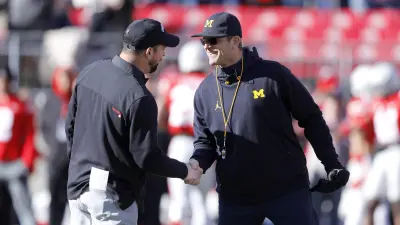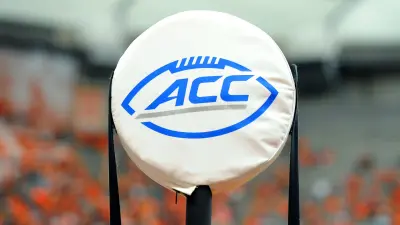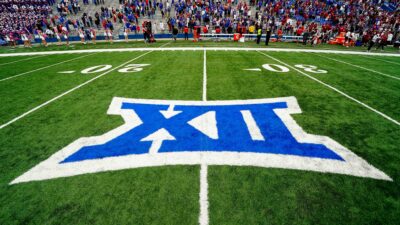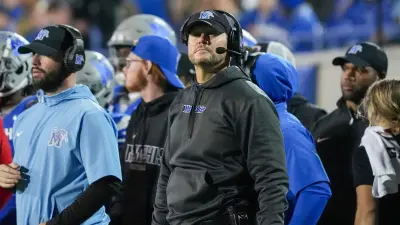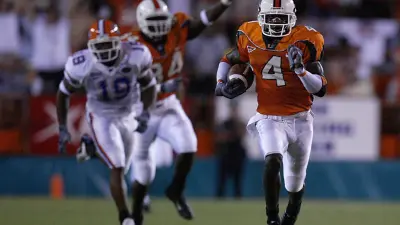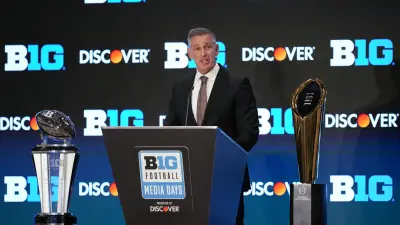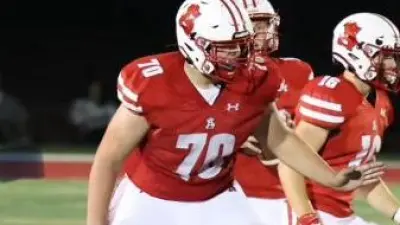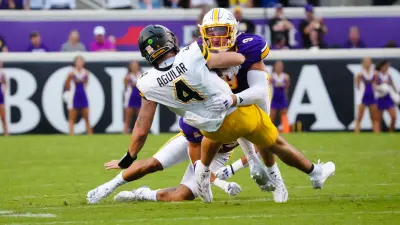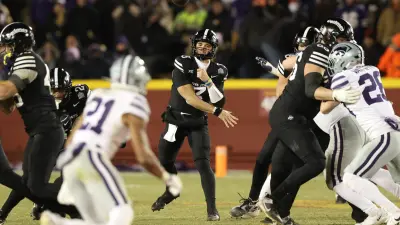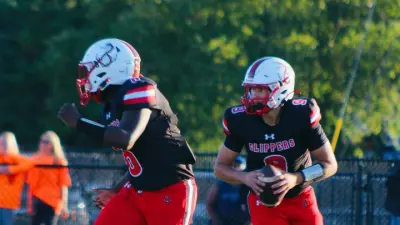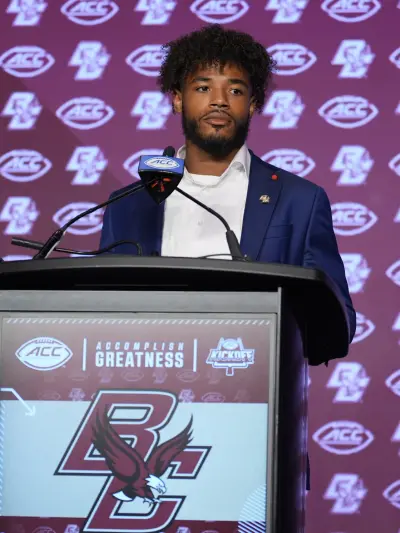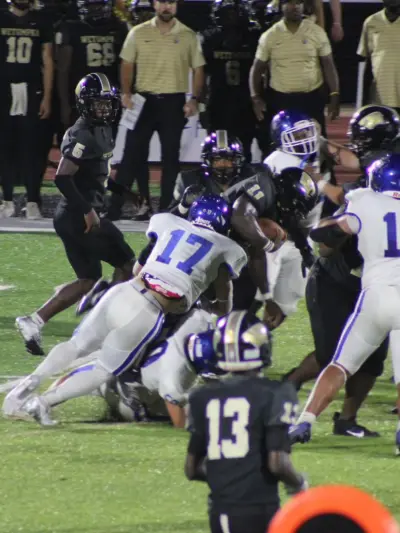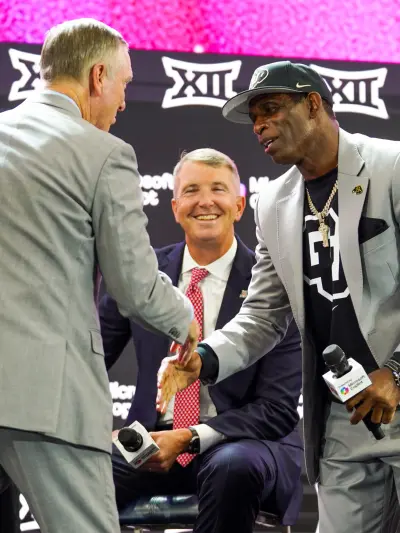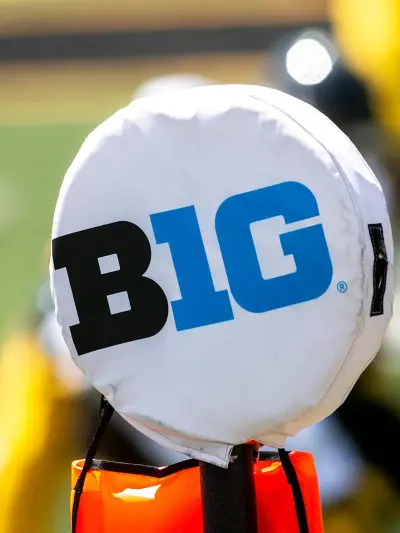When looking at the broader landscape of college football, there is only one thing that genuinely still matters – traditional rivalries.
For fans over 23, that’s all they’ve ever known. Michigan–Michigan State. Ohio State-Michigan. Alabama-Auburn. USC-UCLA. And so on.
There is less than a year until realignment takes shape, with the most significant moves coming in the Big Ten and Big 12. The ACC is swallowing the Pac-12, which means college football is entering a new, unpredictable world with little to no expectation of how it might turn out long-term.
In this scenario, geography is a joke. The Big Ten is no longer the Big Ten of yesteryear. It’s a super-conference where money, specifically $7 billion in television rights across seven years, trumps everything. No longer will the Rose Bowl be your typical, nostalgic Big Ten-Pac-12 matchup and a game where people can look back and remember the memories, stakes, etc. Maybe some will, mainly if their favorite team participates, but it won’t matter as much for the vast majority.
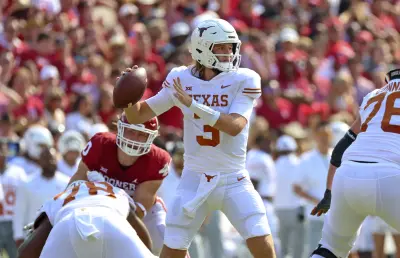
While Texas and Oklahoma will have their long-standing Red River Rivalry (also called Showdown for a period) in the SEC, nothing matched the energy of a Big 12 backdrop, let alone a Big 12 title game, featuring either of those two schools. It made the South feel essential, but with the SEC addition and having to play the likes of Alabama, LSU, and Georgia, earning a spot in that game will be more challenging than it looks.
What will travel look like under realignment?
Another factor that has not been discussed enough is travel. While football and men’s basketball have the luxury of privacy, other NCAA sports are with the public on regular planes, making travel time twice as long, if not longer. When UCLA joins the Big Ten, it will fly over 25,000 miles to play each of its 2024 opponents successfully.
More Sports News
That’s just for football.
Class? A campus life? A social life?
Forget it. Gone.
Classes will likely be remote, or significant adjustments must be made for student-athletes to participate fully without interfering with their sport.
The last thing the realignment changes took into account was the student-athletes. The ones that make all of this possible.
This new era could lead to a situation where the support that was once there isn’t. Meaning a team could not bring a road crowd as much as it did previously, all because of the distances.
That’s truly disappointing, given an element of a great college football upset are the people who paid to see their team win on the road against a highly-ranked opponent.
And the “two-play” system in the Big Ten is appealing but also ruins traditionalism. An example of this is Illinois vs. Iowa. After 2023, specifically in football, Illinois won’t be playing the Hawkeyes annually. There is already a built-in storyline with Bret Bielema and coaching against his alma mater, no matter how good the Illini are every year.
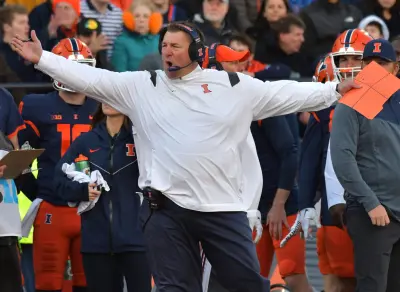
That aspect draws people in.
Rutgers-USC. Where is the appeal? Understandably, not every game will be the greatest ever, but proximity made sense under the old format. Rivalries mattered. Traditionalism and uniformity are dead in college football. If anyone can play anyone, why not make it three super-conferences and call it a day? There, the problem is solved. Realignment and rivalries are fixed in the best way possible. Well, not really, but maybe one day, the echoes will awaken, and things will start to make sense. For now, a new generation and era of the sport has begun.
